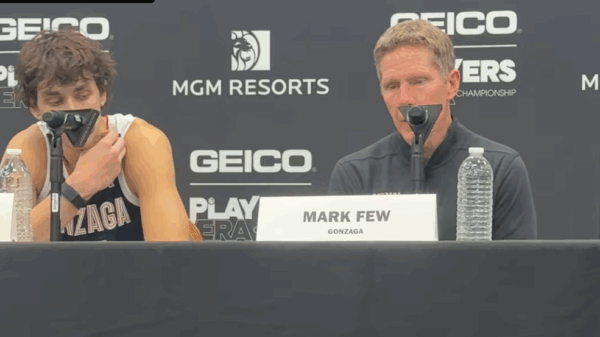Conservative creators in entertainment are being encouraged to take action and capitalize on the current state of the liberal-dominated media landscape. In a recent article, Brandon Smith of Alt-Market.us argues that while progressives have largely controlled the creative industries, a counter-movement is emerging. This shift provides a unique opportunity for conservatives to establish their presence in film, literature, and other art forms.
The narrative that conservatives lack creativity compared to their liberal counterparts has been prevalent, especially in industries like Hollywood and mainstream literature. Smith points out that while many artists today lean progressive, history shows that conservative and Christian influences once dominated the creative fields. Significant changes began in the mid-20th century, particularly after the rise of leftist ideologies, which led to a gradual exclusion of conservative voices from mainstream art and entertainment.
Financial backing has become a pivotal factor in this shift. In the past, wealthy benefactors supported conservative artists, but this has changed. Today, Smith notes that funding is often directed toward projects that align with progressive ideologies, leaving conservative creators struggling for visibility. Artistic merit has taken a backseat to the prevailing political narratives that dominate media.
Challenges Facing Conservative Creators
The challenges for conservative creators extend beyond mere funding. Smith emphasizes that conservatives often face significant barriers in gaining representation in literary agencies and entertainment platforms. This gatekeeping has led to a situation where aspiring artists with conservative viewpoints find it difficult to break into mainstream markets. As a result, many talented individuals may abandon their creative pursuits rather than face rejection or ostracism.
The situation in literature is particularly noteworthy. Smith cites a recent initiative by Conduit Books, a British publishing company, which aims to focus on male writers. The response to this initiative was overwhelmingly negative from progressive circles, illustrating the hostile environment conservative creators must navigate. Smith argues that this environment has created a cultural vacuum, leaving many male readers without literature that resonates with their experiences.
In the realm of gaming and comic books, Smith points to the influence of activist groups that have pushed progressive narratives at the expense of traditional storytelling. The Gamergate movement highlighted how these activists have exerted pressure on companies, leading to a significant shift in the types of narratives being produced. This has resulted in a growing audience seeking alternatives, particularly in the realm of Japanese manga, which has surged in popularity while American comics struggle to maintain sales.
Opportunities for a Conservative Renaissance
Despite these challenges, Smith argues that a renaissance of conservative creativity is possible. He highlights the advancements in technology that have made content creation more accessible than ever. With high-quality digital equipment now available at lower prices, independent filmmakers and artists can create and distribute their work without the need for traditional gatekeepers.
To foster this resurgence, Smith calls for efforts to support and promote conservative art. He suggests the establishment of platforms where conservative creators can showcase their work, such as contests for short films and screenplays. This would provide necessary exposure and a competitive environment for creators who have been marginalized by mainstream media.
The success of independent projects, such as Eric July’s Rippaverse comic series, serves as a testament to the demand for non-progressive content. July’s venture has attracted significant attention and sales, proving that there is a viable market for conservative narratives in entertainment. Smith himself is contributing to this movement with his graphic novel, Mountain Hollow, which explores themes of survival against a backdrop of interdimensional conflict.
As the landscape of media continues to evolve, there is a growing awareness among conservative creators that taking action is crucial. Smith emphasizes the importance of not only resisting progressive narratives but also creating meaningful art that reflects diverse perspectives. The current crisis in liberal entertainment offers a unique opportunity to reshape the cultural conversation and reintroduce conservative values into the public sphere.
By harnessing the power of social media and independent platforms, conservative creators can reclaim their voice in the cultural zeitgeist. The call to action is clear: support for conservative art and a commitment to quality storytelling can pave the way for a vibrant new era in entertainment. As the landscape shifts, the potential for a conservative renaissance in creativity remains within reach.




































































